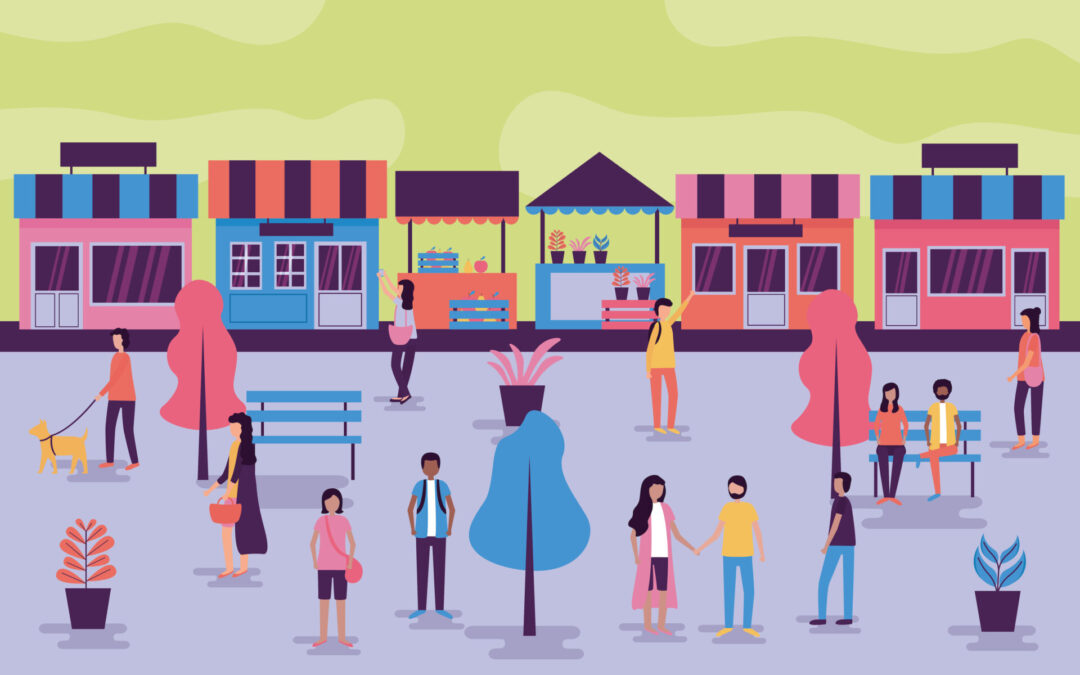In today’s landscape, rural communities are in greater need than ever of robust third places to foster social capital.
Consider your daily routine – beyond the confines of home and work, do you seamlessly shuttle between the two with minimal interruption, or do you take a detour to engage with other facets of your community? The concept of the “third place,” where community members spend time outside their homes or workplaces, has garnered attention as a catalyst for social capital.
Over the years, many rural communities have witnessed a decline in traditional institutions like churches, bowling leagues, and civic organizations. This decline is attributed to factors such as population decrease and the growing prevalence of digital connections replacing face-to-face interactions. Consequently, contemporary “third places” may not resemble those of the past, with gastropubs and axe-throwing ranges supplanting traditional bowling alleys and fraternal lodges.
A recent study aimed to unveil the characteristics of rural third places and the functions they fulfill within a community. Among the survey responses, a prevalent theme emerged – the significance of the third place, where community members convene to strengthen relationships and exchange information.
Survey responses highlighted a range of third places, encompassing conventional ones like diners and coffee shops to less traditional ones such as hardware stores, seed and feed stores, and even gas station convenience stores. The overall sentiment conveyed through responses was positive, emphasizing the substantial contribution of third places to the community fabric. For instance, one respondent noted, “People like to gather there to meet up with friends, and its location is close to downtown.” Another respondent highlighted the local coffee place as “where the community has come together.” Several responses underscored positive social aspects like gatherings resembling school reunions and lively conversations that address the town’s issues.
These comments reinforce the vital role these places play in rural communities, marking them as invaluable assets that cannot be forfeited. Stakeholders in rural areas, including local government and the small business community, must proactively support and promote the growth of these spaces. The potential ramifications of losing these third places extend beyond financial considerations, as preserving these institutions safeguards the cohesion and vitality binding rural communities together

Recent Comments